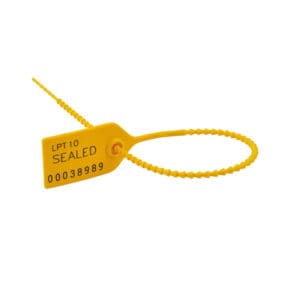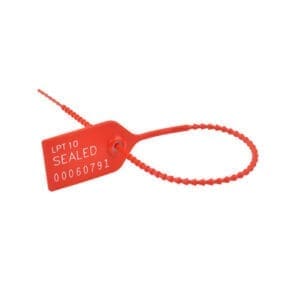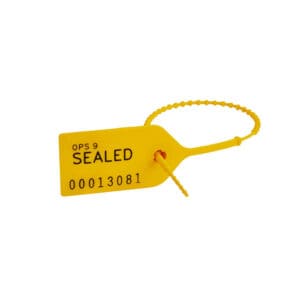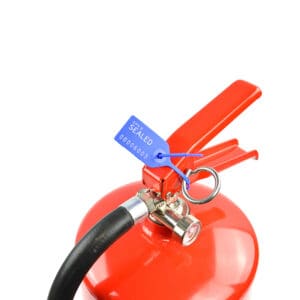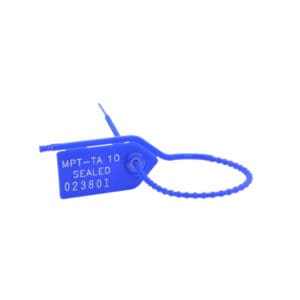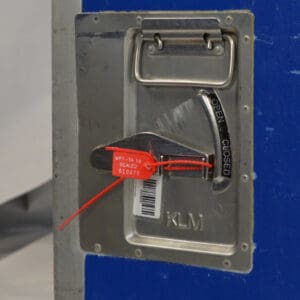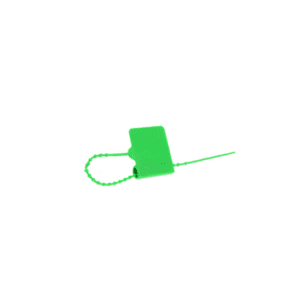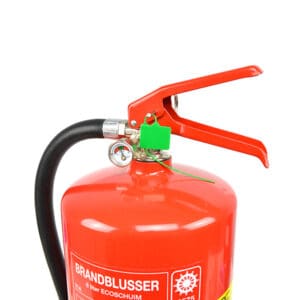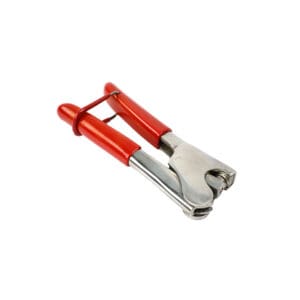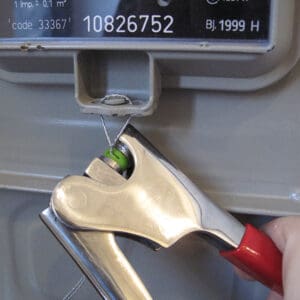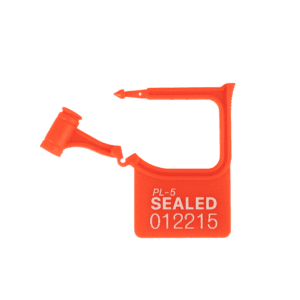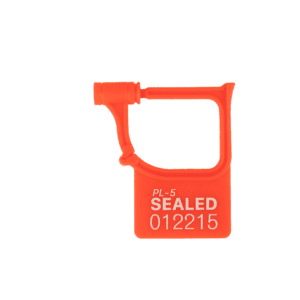AED
AED
Can we advise you?
+31 (0) 10-495 0000
sales@navacqs.com
Sealing AEDs (Automatic External Defibrillator) can be crucial. To date, it is not yet mandatory to perform an annual check-up on AEDs. Nevertheless, this is strongly recommended. Indeed, after checking the AED, it can be sealed, making it immediately clear that the AED has been checked. In addition, sealing ensures that unauthorised people cannot get to the AED and cause any damage.
Different seals can be used for sealing AEDs. One of the most important properties of the seal is its breaking strength. This is because the seals should be easily broken by any person in emergency situations.
Navacqs’ seals have a unique print combined with a unique ascending numbering. This combination is produced only once. In addition, the seals are designed to be used only once. This can prevent fraud and/or damage.
Navacqs’ One Piece Seal (OPS Seal) is ideally suited for sealing AEDs. This seal features a thin seal tail with a diameter of only 2.3 millimetres. Thanks to this thin seal tail, sealing has a breaking strength of about 6 kg and is therefore easy to break by hand. The seal can also be applied by hand without tools.
In addition to the One Piece Seal, the Medium Duty Pull Tight Seal Tear Away (MPT-TA) is also suitable for sealing AEDs. This seal features a so-called Tear Away functionality. This makes the seal easy to break by hand in emergency situations.
Both types of seals come with a standard print and are available directly from stock. Besides the stock variant from Navacqs, it is also possible to personalise the seals. There is the option of providing the seal with a company name and/or logo combined with unique incremental numbering.




